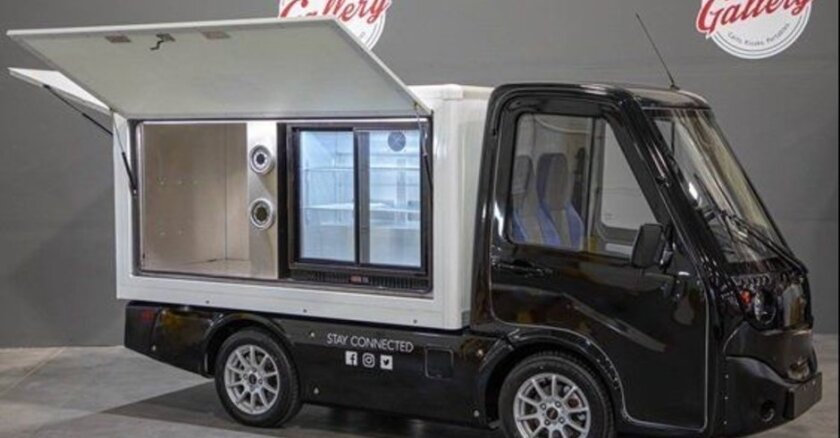Those watching the space say the shift will ultimately help speed electric vehicle adoption for those operating in the on-demand delivery industry.
“That’s going to drive a lot of companies and organizations to move to them even quicker,” said Rod Keller, CEO of AYRO, a maker of small electric trucks and other similar vehicles, pointing to the significant operational savings the EVs yield, compared to their gas or diesel counterparts. “And that’s what we’re seeing now.”
Austin, Texas-based EV maker AYRO, formerly known as AEV Technologies Inc., recently announced it has received some $584,000 worth of orders for its mobile food delivery vehicles. About 20 percent of those orders have already shipped, with the rest to follow in the third and fourth quarters, the company reported. The small EVs are capable of safely delivering both hot and cold foods, and can save fleet operators an estimated 50 percent in fuel costs annually, the company says.
Other companies like ev Transportation Services also produce similar electric vehicles for package delivery, grounds maintenance and other purposes.
In a statement, David Solomont, CEO of ev Transportation Services, said the vehicles are ideal “to fill the critical and rapidly expanding need for essential service vehicles, particularly for last mile on-demand, urban delivery vehicles.”
The small EV trucks can also be used indoors, Keller points out, since they emit no harmful emissions.
However, the growth of restaurant deliveries and ordering, fueled in part by the COVID-19 crisis, is perhaps one of the most promising bright spots on the EV delivery vehicle horizon.
There are about 8,600 locations of fast-food and fast-casual restaurants making up the chains Jimmy Johns, Panera Bread, Firehouse Subs and Chipotle, said Keller.
“On average, they have 9.5 vehicles per location, for delivery. That’s over 80,000 vehicles, just from those four brands. So, this market is huge,” he added.









